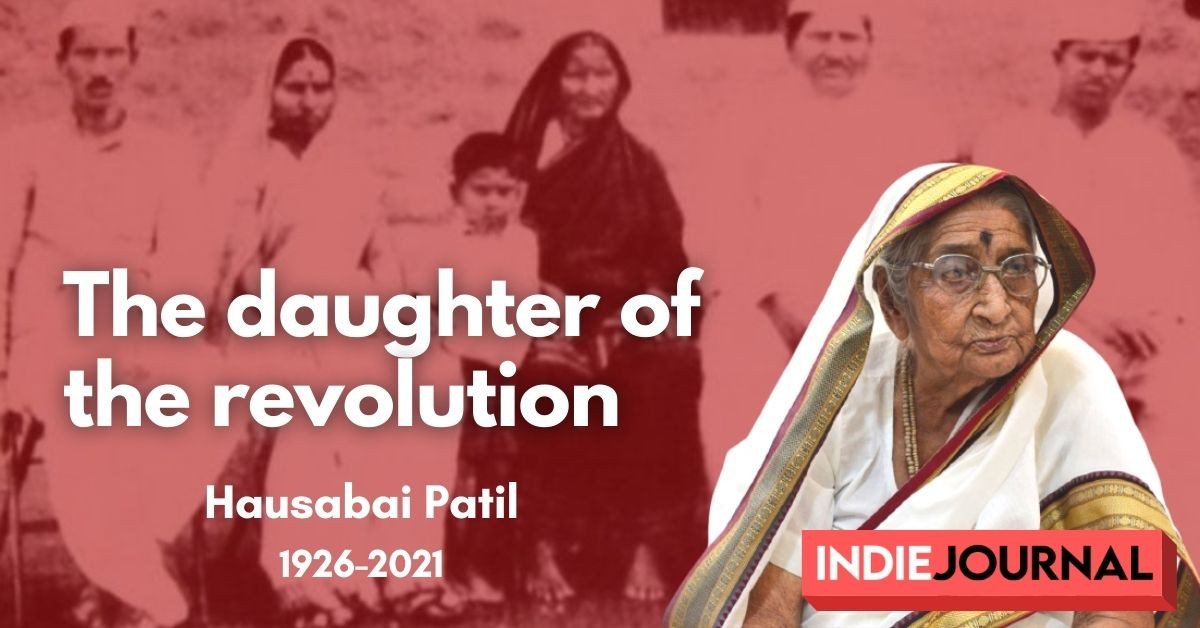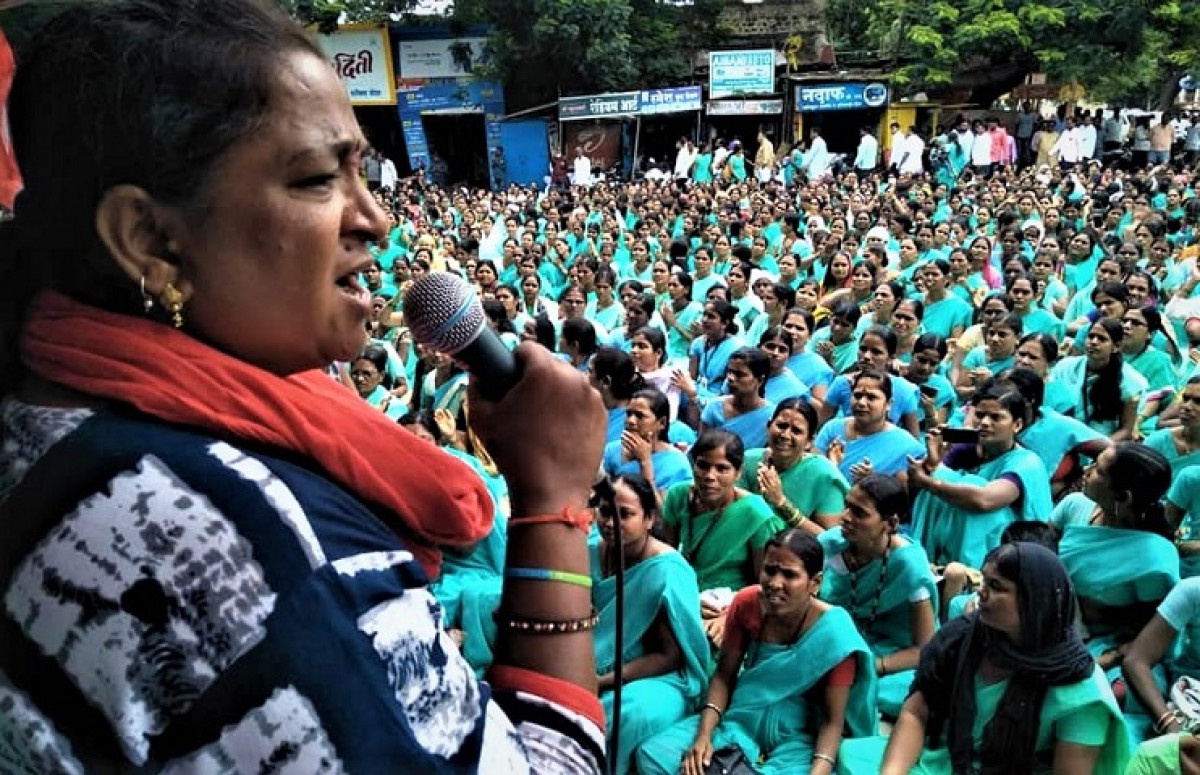Quick Reads
Women and Language: Why Language does not belong to her?
Gendered languages lead to more sexist perceptions and attitudes.

Can we think of ‘Gender Equality’ while we are still using gender-biased language every now and then? The language that we use every day, the language that is used to protest masculinity, the language to fight against patriarchy, the language that feminists use to establish gender equality? If we want to bring gender equality in its real sense, we need to start looking at the things that perpetuate inequality; language being the foremost of them.
The language used in the day to day discourse, in literature as well as in any formal discourse is the first exploiter of women as it constitutes the roles in the social sphere. The language that we usually use without any hesitation discriminates between the genders.
Language does belong to men as it is a socio-culturally developed phenomenon, the high impact of the society and culture can easily be found on the language. If one looks at it with Socio-linguistic perspective, one can find that language has different behavioural patterns for men and women, and the language constitution favours men against women for sure.
Some linguists suggest that gendered languages lead to more sexist perceptions and attitudes than the gender-neutral languages like Swedish or English. But the linguistic studies are extremely limited; they don’t include factors like culture which are highly important in determining sexist attitudes. The way we perceive gender seems to depend on the way it’s presented to the language users as learners of it. The language we speak including its gender characteristics shapes the way the users think and act.
Advertisement Advert part of DBA Entrepreneurs initiative.
Advert part of DBA Entrepreneurs initiative.
Gendered language and culture
Culture constitutes language vise-a-vis language shapes cultures. Language survives, develops, and gets shaped with the cultural developments. It is essential for language users to understand why people think and speak the way they do, and to understand possible agreements that may take place between a culture and its language.
In a popular language study example, cognitive scientist Lera Boroditsky asked speakers of German and Spanish to describe a ‘Bridge’. The word has feminine connotation in the former language and masculine in the latter. While describing, German speakers used adjectives like beautiful, elegant and fragile, while the Spanish speakers viewed bridge as towering, dangerous, vigorous, and strong.
Language and gender relationship has foregrounded in socio-linguistics which derives from the biological distinction between male and female. The issue of women interacting differently from men has been discussed for hundreds of years. However, feminist movements in the 1960s realised that language was one of the instruments of female oppression by males.
Asymmetry in Male and Female Terms
Language not only reflected a patriarchal system but also emphasised male supremacy over women. Most of the works analysing language were to do mostly with male language production.
One of the striking facts about the asymmetry between male and female terms in many languages are that when there are male/female pairs, the male form is in the original form or is unmarked and the female form is created adding a bound morpheme or by compounding. This can be noticed in many languages like in English (prince/princes, god/goddess, waiter/waitress, man/woman, male/female), in Hindi (अध्यापक/अध्यापिका, गायक/गायिका), and in Marathi (संपादक/संपादिका, देव/देवी, लेखक/लेखिका).
Despite the word-formation, there are also different meanings of the words in the gender pairs. A governor means the one who governs the state, but it's pairing word governess stands for the woman who takes care of the children.
The title prefixes of the address terms used for the women like ‘Miss’ or ‘Mrs’ in English, ‘कुमारी’(कु.) or ‘सौभाग्यवती’(सौ.) in Marathi state the woman’s marital and social status either as a daughter or a wife. Albeit, in case of men, the address term ‘Mr’ or ‘श्रीयुत’ does not include any information about their marital status. ‘Men’ is frequently used as a suffix to describe a person whether man or woman in particular as fireman, sportsman, policeman, chairman, etc. To make languages more Gender-neutral, pioneering efforts have been made recently. Some gendered words like above have become fire-fighters, sportsperson, police officer and chairperson to avoid gendered meaning attached to it.
‘He’ is used as a generic pronoun, also known as a common-gender pronoun and epicene pronoun. ‘He-group’ pronouns traditionally include both masculine and feminine meaning though they stand for only masculine nouns. ‘He-group’ pronouns can still be used to refer to speak generally about both the genders. Similarly, many other words also are used to speak about both the genders, but are men-centric. However, one cannot find women-centric words including men in them. These words are used specifically and never generally. The word ‘Brotherhood’ and ‘Mankind’ includes women, but ‘sisterhood’ and ‘womankind’ do not include men.
Language and Perception of Women
The politics of language, something that belongs to men must be scrutinised minutely so that the language of oppressors would be decoded or interpreted exactly. Marathi has gender role play at its core. The gender often seen in the binary, female is associated with weakness, in Marathi, words like डोंगर (Mountain) are addressed with masculine pronoun, and टेकडी (Hill) with feminine pronoun, similarly समुद्र (Sea) and नदी (River) can make us understand the binary role of power. So, the man who is made to look vast and powerful whereas the woman is deliberately shown weak and too feminine.
If we just look at the slangs in any language, they are more to women than men. The idioms and phrases we use conventionally are also examples of gendered use. The proverbs in English, ‘A man of straw is worth of a woman of gold’, ‘If a husband be not at home, there is nobody’, ‘Daughters and dead fish are not keeping wares’, ‘A woman and a glass are always in danger’ are the describing the woman in all manners inferior to man.
In Marathi, the phrase ‘हातात बांगड्या घालणे’ (wearing bangles) used to call person weak and timid.
In the literature of any language, most of the time women are shown in certain roles and with certain characteristics. Majority of women in literature are shown to be obedient, modest, beautiful, seductive, destructive, emotional, as an object of love, kind, understanding, submissive, inferior, elegant, chaste etc.
The words used by the authors reflect the authors’ attitudes, experiences, their point of view, and refer back to stock knowledge therefore language expresses cultural reality. Literature has certainly witnessed different roles of women throughout the ages, but until recent times the writers were mostly men. The women in literature are mostly described by men. So the portrayals of the women are inevitably biased in nature.
The work of Lakoff in 1973, ‘Language and Woman's place’ focussed on how women’s language revealed their place in society, a place that was generally inferior to that occupied by men. This women’s language has, in retrospect, been called the deficit model as many of the features of this language shows women as deficient to men. Women’s language is woven around men’s language; it has no independent language origins.
Recently, some countries have intentionally begun making efforts to alter language. ‘Hen’, a neutral personal pronoun has recently been introduced in Swedish language as an alternative to ‘he’ and ‘she’. This gender neutral pronoun is getting praise from all over the world. The Canadian parliament passed the bill to make their national anthem gender neutral. Some people in France are pushing for gender-neutral language. This is the optimistic side, but we certainly need more.
Language is the mirror of the society. Sexism in language reflects sexism in society. Language is a constantly changing phenomenon which goes on changing in many ways. The reforms in this regard can easily be done in any language. If we change some words here and there, and if it makes a difference to a person or a group, then it is indeed a great step towards an equal society.





